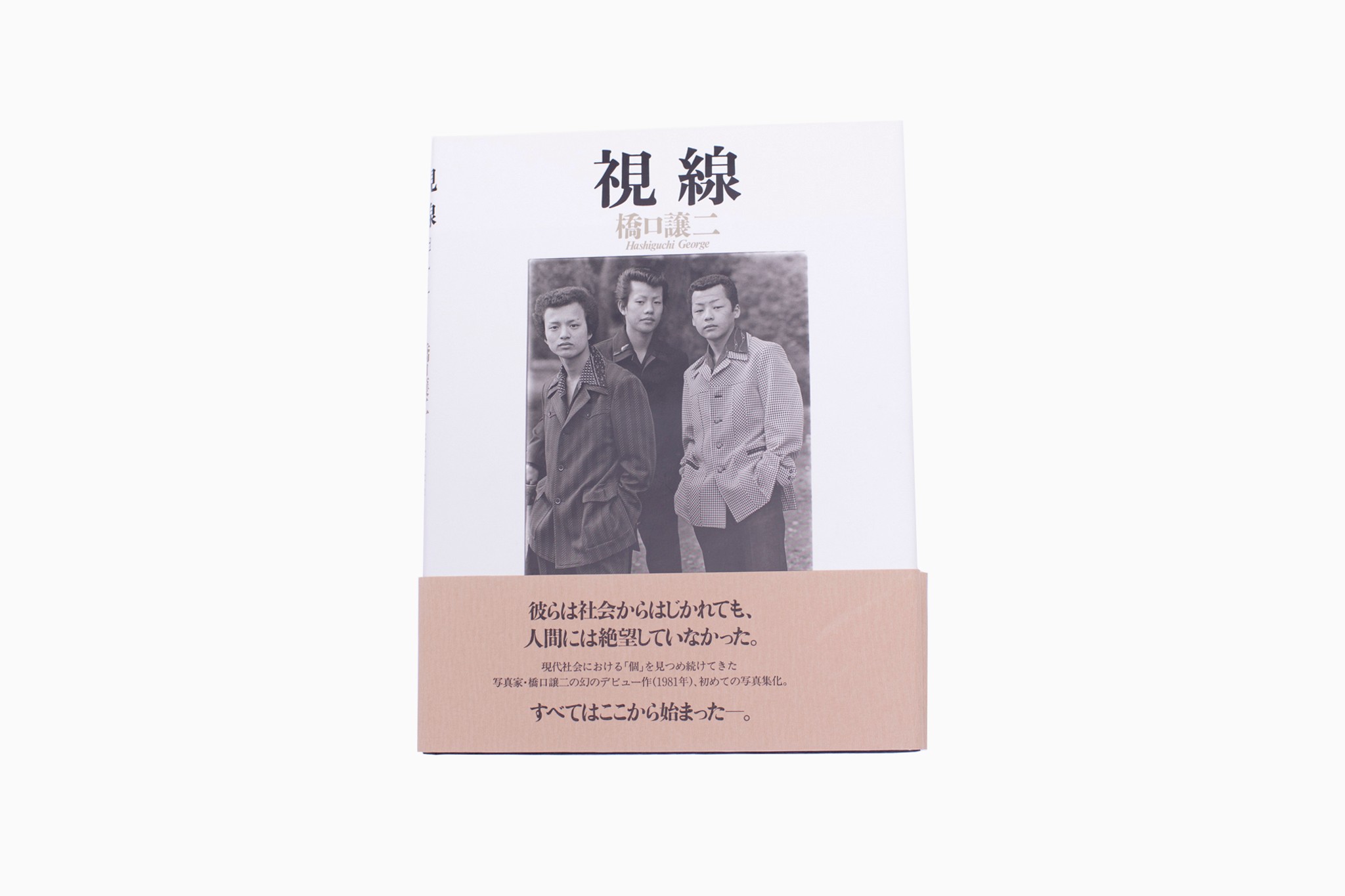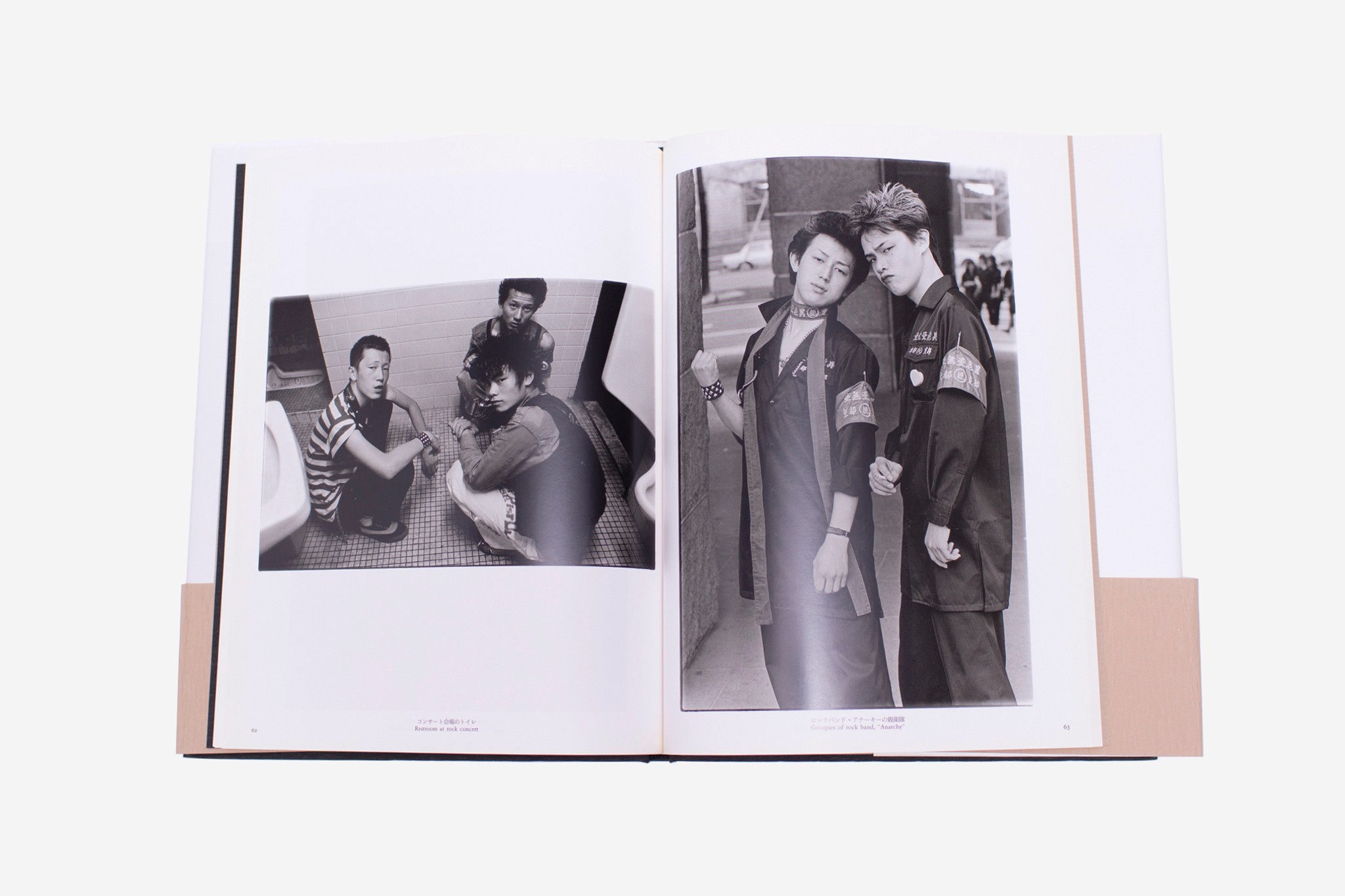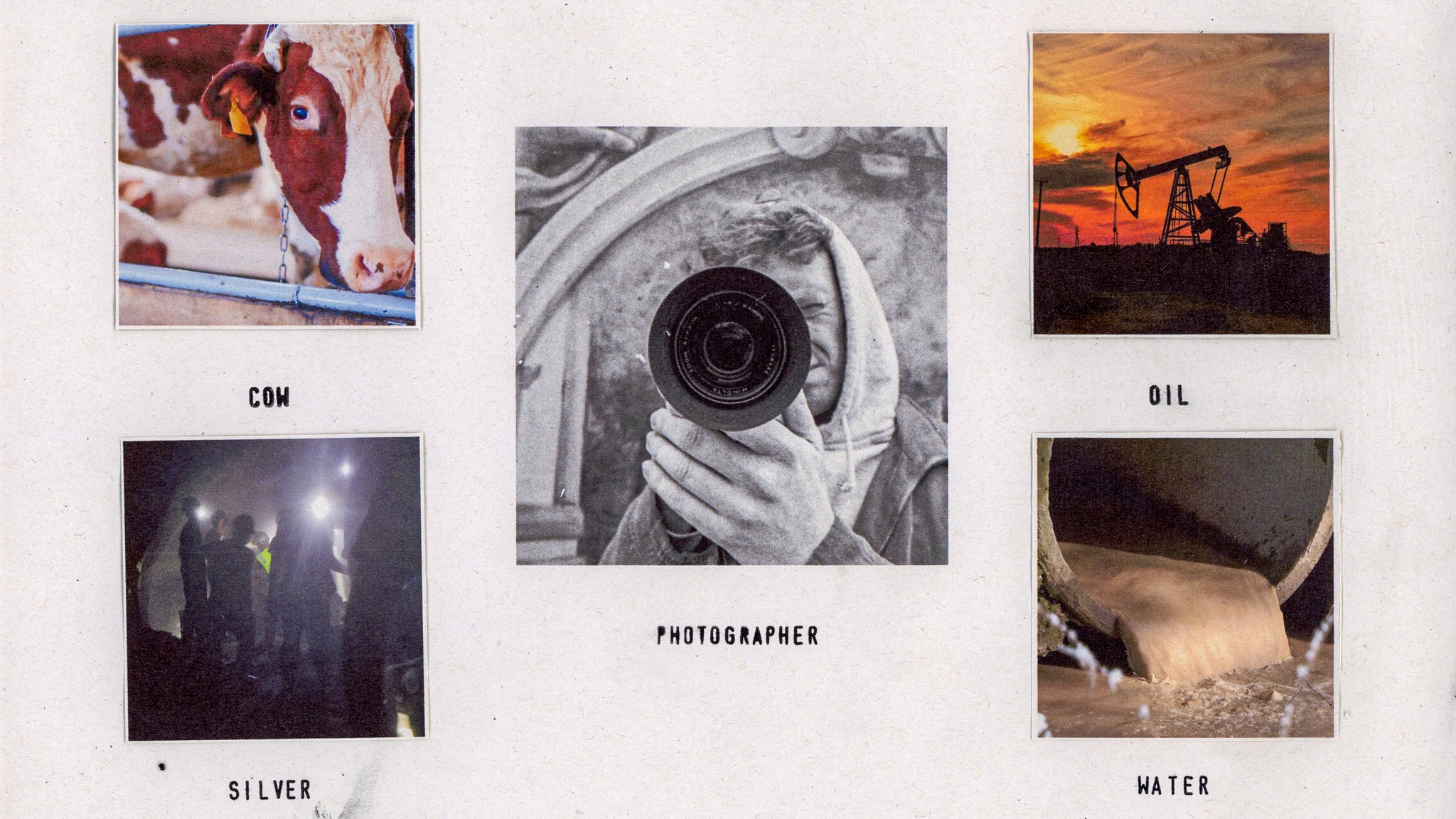The Unassuming Expert of Rare Japanese Erotica

"Me as a (post) punk in 1979 age 18 at a Slits gig near Portobello Road" - Diana Stone
By Carmen Hall
Diana Stone has always been obsessive. “Since I was 3 years old and learned to read.” she says. “I was obsessed with Indigenous Americans. Then I was obsessed with drugs. Then I was obsessed with hard drugs - particularly opiates through reading William Burroughs, Thomas de Quincey and other opiate addicted writers.” The candid contrast comes as a surprise from a woman with an upper class accent and ‘together’ ensemble of vintage jewellery and understated, high quality clothes. An apt stereotype of someone who grew up in Regent’s Park and lives retired in West London. I should know better than to make assumptions. When I met Diana at a family friend’s sixtieth birthday, I practised the sort of polite remarks one typically reserves for “the elderly” (not that 63 is elderly). Soon after I learned that she was once banned from eBay and PayPal for selling what they deemed as smut. In her small apartment in working class Kilburn, Diana’s collection of erotica and underground, counter culture publications is a meticulously archived feat of anthropology.
Having lived in seemingly every continent at least once (she offhandedly mentions time in Israel spent living with Bedouins, where she learned Arabic) her bibliophile existence is in many ways, personal to her family history. “During my fieldwork in Mauritania, I was involved in film, music and photography professionally. I have other rare collections of books on Mauritania in French and Arabic, including a couple of extremely rare photo books, and the Brazilian and French book collection, I inherited from my family.”
Her father, who was a Prisoner of War to the Japanese during the second world war, taught Diana and her siblings to count in Japanese as children. Forever in search of the rarest editions of underground masterpieces, Diana later learned to read well enough in Japanese to source the best of Japanese photobook publishing, circumnavigating obstacles faced by most Western dealers and collectors. “It was very difficult, if not impossible at that time, to buy Japanese books without going through proxies. After a couple of tedious experiences I found a way to cut out expensive middle men. After two trips, when my Japanese was good enough to read the book sites and write very basic Japanese, I found cheap shippers who offered a proxy service but also allowed people like myself who could navigate the sites a reasonably priced shipping service with no proxy fees.”
Her curation of personal favourite picks is available exclusively on the DoBeDo shop.

"This is the rarest book i have from late 1960’s on Che Guevera edited by Provoke founder Takuma Nakahira. It goes from almost £2000 on abebooks...It’s incredible" - Diana Stone

Sanrizuka
“The protest books listed are a diverse genre, they started out documenting the anti-American treaties, then later in the 1960s the students came out with books against the Vietnam War. They’re also diverse in format, and the ones listed are among the rarest and most interesting.
Some are anonymous, the students' faces are covered to avoid identification. Others are taken by known photographers, such as the books listed by Hitomi Watanabe, and ‘Sanrizuka’ by Tadao Mitomi, the copy here has the rare obi. The book is designed and edited by the brilliant designer Kayoshi Awazu. And is a record of the struggle against the building of Narita airport Tokyo in the late 60s and very early 70s.” - Diana Stone

Narcotic Photographic Document
Narcotic Photographic Document
“This is an unusual book by a photojournalist Kazuo Kenmochi, ‘Narcotic Photographic Document’ from the early 1960s, where he managed to photograph from the customs, police and medical side, capturing the origin of the heroin scene in Japan that came in with the Korean War. This copy listed is particularly valuable because it has the original obi attached.” - Diana Stone

Tokyo Lucky Hole
“Araki’s ‘Tokyo Lucky Hole’ (there’s also a Taschen version but this is more interesting) is his best ‘verite’ book of the sex club scene and is becoming harder to find in Japan, especially in the first printing with the obi.” - Diana Stone

Document Obscene Culture
“‘Document Obscene Culture’ is a late 1970s, early 80s intriguing view of the sexual underground.” - Diana Stone

Tadanori Yokoo’s book
“Graphic designer Tadanori Yokoo’s book, who revolutionised Japanese design (posters as well), is a masterpiece, perhaps one of my personal favourites. Again, it’s getting harder to find in Japan in the first edition with the obi. Tadanori Yokoo’s ‘Meditations on Record Jackets’ is an underground masterpiece.” - Diana Stone

Where is 69 Shinjuku
“The biker books are two of the best of the genre. Especially ‘Where is 69 Shinjuk’, very rare with the obi. This is the best biker book and goes for a very high price in Japan.” - Diana Stone

we have no place to be
we have no place to be & The Look
“George Hashiguchi’s first few books include ‘We Have No Place To Be’, a rare signed copy featuring photos of punks, exploring the underground scenes in London, Berlin, Liverpool, Tokyo and elsewhere. ‘The Look’ is in his more signature portrait style and is an intriguing look at Japanese male style.” - Diana Stone

Dangerous Poisonous Flowers
“‘Dangerous Poisonous Flowers’ by Toyoko Tokiwa, a very unusual first printing with the obi, is an interesting documentation of a woman photographer in the 1950s, taking photos of Japanese prostitutes with American soldiers.” - Diana Stone




